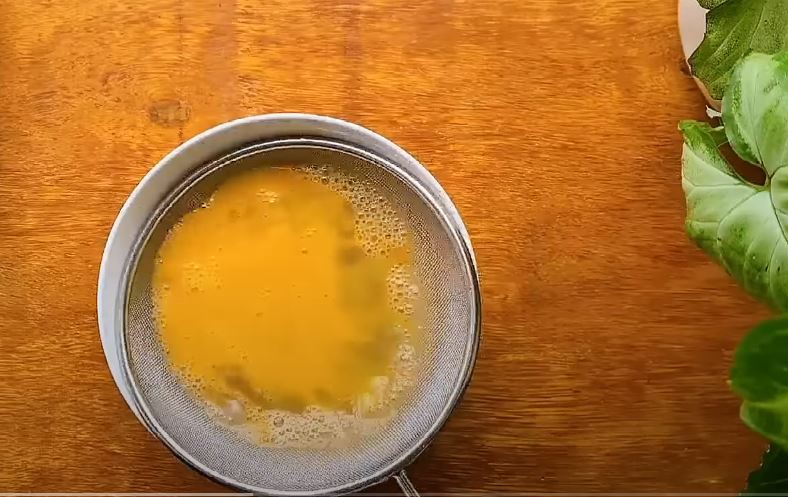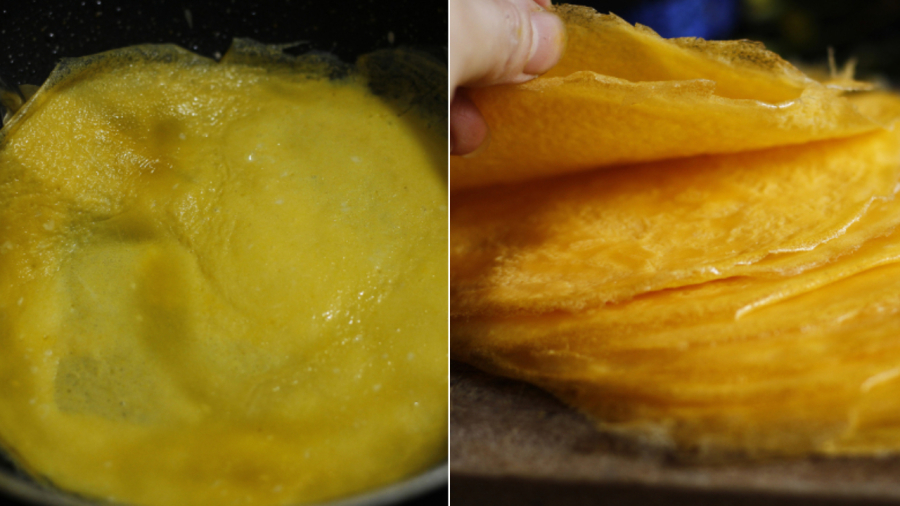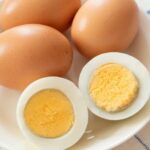Thin omelets are a versatile ingredient in many dishes. They can be cut into thin strips and used in mixed spring rolls, added to bun thang (a Vietnamese noodle soup), or used to make nem cong cha phuong (a traditional Vietnamese dish of fried pork sausage and patties).
To make a thin, smooth omelet, a careful and laborious process is required—but it’s not difficult. Follow these tips, and you’re sure to succeed:
**- Select Good Quality Eggs:**
Choose fresh eggs that feel heavy for their size, with bright, natural shells. Eggs from chickens fed a diet of grains like rice, corn, or pumpkin will have darker, richer yolks, resulting in a more vibrant yellow omelet. Free-range or organic eggs are often considered to have a superior flavor and are less likely to have an unpleasant fishy taste.
**- Beat the Eggs:**
Depending on your needs, you can use as many eggs as required. Crack them into a bowl and season with a little fish sauce, salt, or seasoning to taste. Add a splash of white wine to neutralize any fishy odor and a little cold water to keep the eggs tender. Use chopsticks or a fork to beat the eggs in a clockwise direction until just combined. Do not overbeat, and avoid creating too much foam—this is a crucial step to achieving a smooth, thin omelet without holes.
Then, strain the egg mixture through a fine-mesh sieve to ensure an even smoother texture.

Straining the eggs through a sieve ensures a smoother mixture.
**- Cooking the Omelet:**
For thin omelets, a non-stick pan is ideal. This method requires less oil, and the heat should be moderate. Excessive heat will cause the eggs to become fluffy and dry.
Warm the pan over medium heat and lightly grease it with a thin layer of oil. Use a paper towel to wipe away any excess.
Hold your hand about 20cm above the pan, and when you feel gentle warmth, it’s ready. Reduce the heat to low and gently ladle in small amounts of the egg mixture, just enough to coat the pan. If you add too much, simply pour the excess back into the bowl.
Allow the eggs to cook slowly over low heat. When the top surface begins to set, and the edges lift slightly, gently shake the pan to loosen the omelet. Then, use a spatula to carefully flip it over and cook the other side until done to your liking. Transfer the omelet to a plate and repeat the process, adding a little more oil to the pan each time, until all the egg mixture is used up.

The key to thin omelets is controlling the heat and using just enough oil.
One of the critical factors in achieving thin, delicate omelets is temperature control. Keeping the heat low ensures the eggs cook slowly and evenly, creating a smooth, moist texture without drying out. Additionally, there’s no need to use excessive oil, which can make the omelet greasy and affect its delicate texture.
The Ultimate Guide to Buying Beef: How to Spot the Best Quality Meat
Beef is a valuable commodity, and its high price tag often tempts unscrupulous traders to pass off low-quality frozen beef as the real deal. This deceptive practice is a serious issue, as it not only cheats consumers but also undermines the reputation of honest traders. It is imperative that consumers are vigilant and aware of this issue to make informed choices when purchasing beef.
Why You Should Be Wary of Drinking Bottled Water in Your Hotel Room
In your hotel room, you’ll find a handy bottle of water to quench your thirst. But before you take a sip, there are a few things you should know.






































